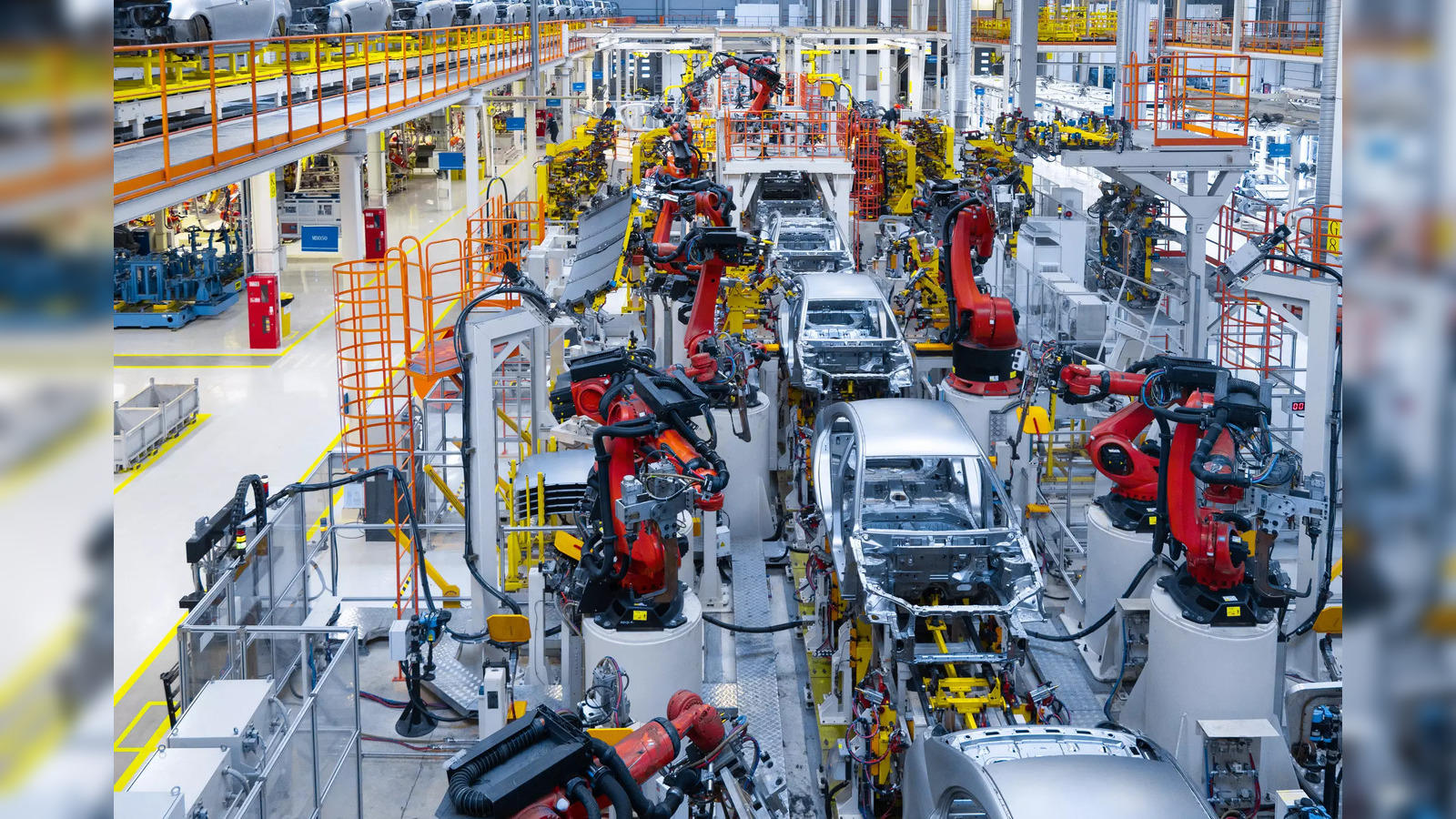
Driving Towards Innovation
Introduction to the Automotive Industry
The automotive fleeManforsheriff.com industry is a cornerstone of modern society, shaping transportation, economies, and lifestyles worldwide. From the earliest horseless carriages to cutting-edge electric vehicles, this dynamic sector continues to evolve, driven by innovation, competition, and changing consumer demands.
Historical Overview
Early Beginnings
The roots of the automotive industry can be traced back to the late 19th century, marked by the invention of the gasoline-powered internal combustion engine. Visionaries like Karl Benz and Henry Ford played pivotal roles in revolutionizing transportation, laying the foundation for mass mobility.
Mass Production Era
The early 20th century witnessed the rise of mass production techniques, epitomized by Ford’s assembly line. This transformative approach not only increased efficiency and affordability but also democratized car ownership, fueling the industry’s exponential growth.
Major Players in the Automotive Industry
Toyota
As one of the world’s leading automakers, Toyota has established a reputation for innovation, quality, and sustainability. From pioneering hybrid technology with the Prius to investing in hydrogen fuel cell vehicles, Toyota continues to drive progress in the industry.
General Motors
With iconic brands like Chevrolet, Cadillac, and Buick under its umbrella, General Motors (GM) has been a dominant force in the automotive landscape for over a century. GM’s focus on innovation and global expansion has cemented its position as a key player in the industry.
Volkswagen Group
Renowned for its diverse portfolio of brands, including Volkswagen, Audi, and Porsche, the Volkswagen Group is synonymous with engineering excellence and German craftsmanship. Embracing electrification and digitalization, VW aims to lead the transition towards sustainable mobility.
Technological Advancements
Electric Vehicles (EVs)
The shift towards electric vehicles represents a seismic transformation in the automotive industry. With advancements in battery technology and charging infrastructure, EVs are poised to revolutionize transportation, offering cleaner, quieter, and more efficient mobility solutions.
Autonomous Driving
The development of autonomous driving technologies promises to redefine the future of transportation. From advanced driver assistance systems to fully autonomous vehicles, this paradigm shift holds the potential to enhance safety, accessibility, and convenience on the roads.
Environmental Impact and Sustainability Efforts
Amid growing concerns about climate change and air pollution, the automotive industry faces pressure to embrace sustainability. Automakers are increasingly investing in eco-friendly technologies, such as electric propulsion, renewable materials, and carbon-neutral manufacturing processes, to reduce their environmental footprint.
Global Market Trends
The automotive industry operates in a dynamic global market shaped by shifting consumer preferences, regulatory requirements, and geopolitical factors. From emerging markets in Asia to established markets in North America and Europe, automakers must adapt to diverse economic, cultural, and regulatory landscapes.
Challenges and Opportunities
Despite its resilience and adaptability, the automotive industry faces numerous challenges, including supply chain disruptions, geopolitical tensions, and rapid technological change. However, these challenges also present opportunities for innovation, collaboration, and market differentiation, driving industry stakeholders to explore new business models and strategic partnerships.
Future Outlook
Looking ahead, the automotive industry is poised for further disruption and transformation. As electrification, connectivity, and automation reshape the mobility ecosystem, stakeholders must embrace agility, innovation, and sustainability to thrive in the evolving landscape.
Conclusion
The automotive industry stands at a pivotal juncture, navigating a complex interplay of technological, economic, and societal forces. By embracing innovation, sustainability, and collaboration, industry stakeholders can shape a future where mobility is safer, cleaner, and more accessible for all.

